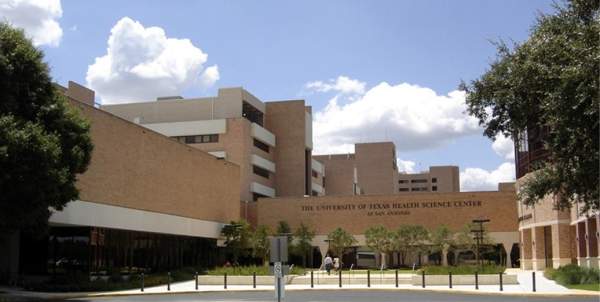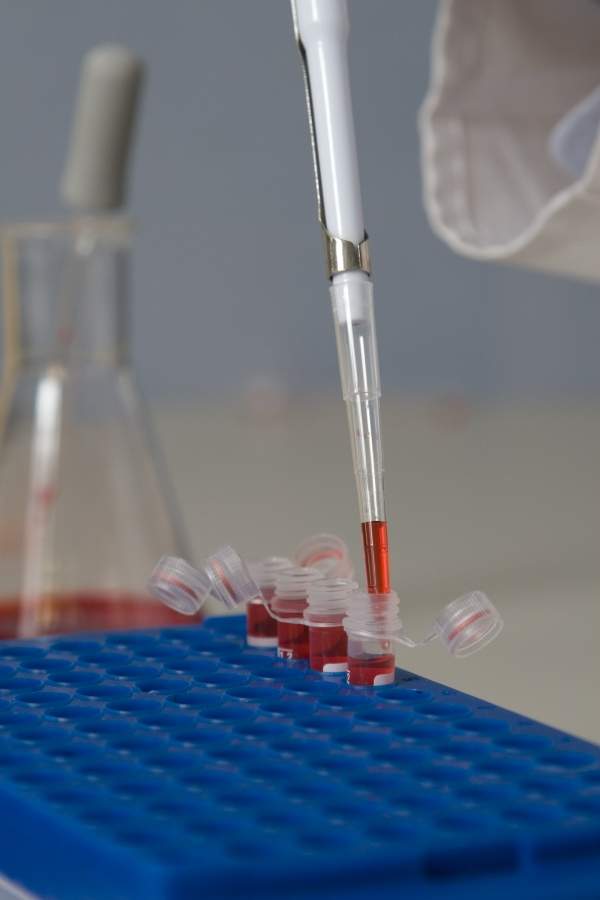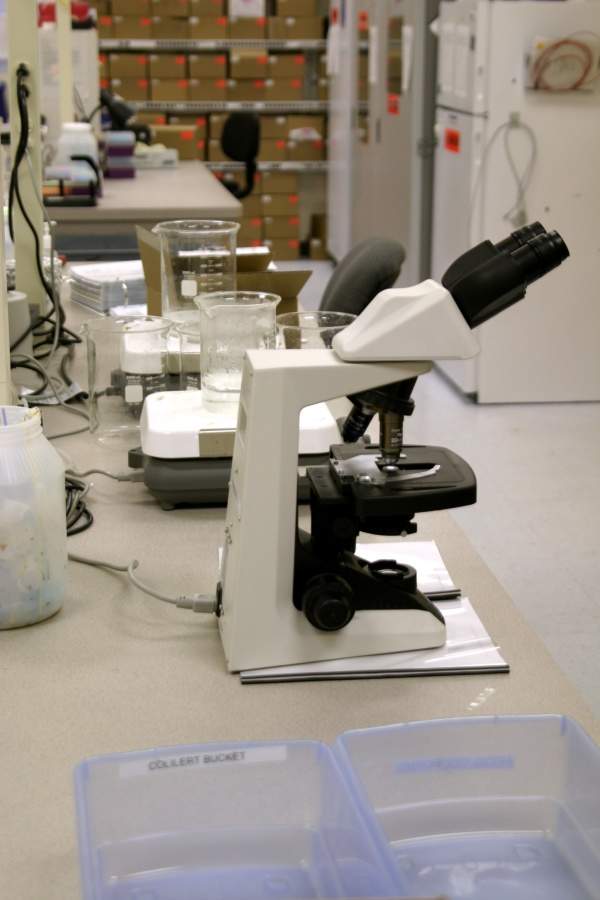The University of Texas Health Science Center (UTHSC) opened the new South Texas Research Facility (STRF) at its campus in San Antonio, US, in October 2011. Built with an investment of $150m, the new facility will serve UTHSC’s growing research activities.
The STRF project was approved in August 2007 and construction commenced the following year in August 2008. The facility will house more than 350 researchers and scientists who will conduct research on cancer, aging, diabetes, neurosciences and regenerative medicine.
UTHSC is one of the biggest health sciences universities in the US. The STRF will help in transforming new discoveries made by the university into potential cures for various diseases. It is expected to support the growth of the local economy and generate new jobs.
South Texas Research Facility specifications
The new three-storey facility has a built up area of 190,000ft2. It has a horizontal design to encourage interaction between researchers and facilitate new idea generation. It includes a durable coated concrete masonry wall system which provides an impermeable surface ideal for laboratory activities.
The first floor of the STRF includes a main entrance, four lobbies, a conference room and other meeting rooms.
An ultra-modern laboratory, support space, vivarium spaces and offices are located on the second floor. The laboratory space is spread over 125,000ft2 and primarily includes wet labs.
About 20% of the area is provided for dry labs. A corridor runs through the centre of the floor connecting all the facilities. The support space is located on either side of the corridor.
The laboratory has an open-space design which can be shared by various research teams to promote interaction. The labs are fitted with modular casework which provides maximum flexibility. They can be reconfigured according to the research needs.
The laboratory space features state-of-the-art equipment such as an ultra-high-resolution optical N-STORM microscope. It is the first such microscope to be installed in Texas and enables researchers to view 3-D molecular structures of a cell. It was installed at a cost of $377,000.
The microscope can capture up to 50,000 image frames and transform them into a single, super-resolution image. Researchers can use the microscope to examine the interaction between human cells and viruses.
The third floor includes offices, meeting rooms and a bioinformatics core. The Institute for Integration of Medicine & Science and South Texas Technology Management are also located on the third floor.
Electricity for the facility will be generated by 758 solar panels installed on the building’s roof and over parking spaces. The solar panels were installed with the grant received under the American Recovery and Reinvestment Act. The panels are expected to generate energy savings of 210,000kWh or $15,000 annually.
Only 62% of the space will be occupied while the remaining space will be left for accommodating out-of-town teams of scientists.
Financing the research centre
About $100m was provided by the state’s Permanent University Fund and tuition bonds.
Another $42m was raised through philanthropy.
The City Council of San Antonio announced in June 2011 that it is providing $3.3m funding for the construction of the facility.
The funds will be provided over three years in three instalments through the San Antonio Economic Development Corporation (SAEDC).
The first instalment of $1.1m is expected to be given towards the end of October 2011.
Under an agreement with SAEDC, the STRF will return 15% of its profits earned from equity investment in start-up companies. The companies are established to commercialise the discoveries made at the facility.
Contractors involved in the South Texas Research Facility development
The facility was designed by Rafael Vinoly Architects. Vaughn Construction was the general contractor.
E&C Engineers & Consultants was the mechanical, electrical and plumbing contractor.
Technology infrastructure was supplied by DataCom Design Group. Byrne Metals was contracted to supply metal panels and aluminium louvers.










